Mass Bionic Design Algorithm Based on the Reception of the Physical Effect Resulting from the Feeling of Tranquility
Abstract
After researching and analyzing architectural design methods in terms of intellectual techniques and basic principles of visual foundations in the creation of architecture, we have reached a unanimous conclusion that indicates a repetitive deficiency in conveying the message, emotion, and pure creativity resulting from the architect’s subconscious in the creation of a volume and architectural structure. In architectural styles, only a type of mental symbols derived from the codes of the artist’s and society’s thoughts are expressed. In all design methods, no attention is paid to the consumer’s feelings, focusing only on aspects such as functionality and ergonomics.
Now, to express the real feelings stemming from the subconscious and the direct impact of conveying the consumers’ emotions, we need fundamental changes in the primary visual elements of modern and classical design methods and introduce a novel approach with a non-repetitive structure and principles to create and assess an artistic effect. To receive the consumers’ spatial feelings and transform them into an influential and impacted volume, we require an automatic method and a structured algorithm due to the complexity of the stages and the high volume of transferred data, as well as the necessary calculations to create a suitable volume. With the help of computer-aided production processes, we can easily update the volume.
We call this method the “Mass Bionic Algorithm,” and to create it, we employ six stages based on principles of computing, new mathematics, psychology, and cellular anatomy. These six principles are as follows:
Stage One: Selection of the numerical effect of emotion
Stage Two: Collection of the emotional effect
Stage Three: Measuring the appropriate mass
Stage Four: Selection of points
Stage Five: Graph growth – Production of two-dimensional shape
Stage Six: Negative growth – Production of volume and optimization
The result of these six principles is a three-dimensional mass (architectural volume) derived from the pure and real subconscious feelings of the artist or the consumer of the system. In previous styles, we only witness the display of a series of mental codes resulting from the architect’s thought limitations against the reality of the environment, which shows itself with new arrangements and compositions. The outcome of this process creates architectural environments that encompass emotion and whose mutual impact (psychological and physical) leads to greater persistence, according to the existing documentation.
الگوریتم بیونیک طراحی توده ای بر پایه دریافت اثر فیزیکی حاصل از احساس آرامش
مهیار عرب بوربور
